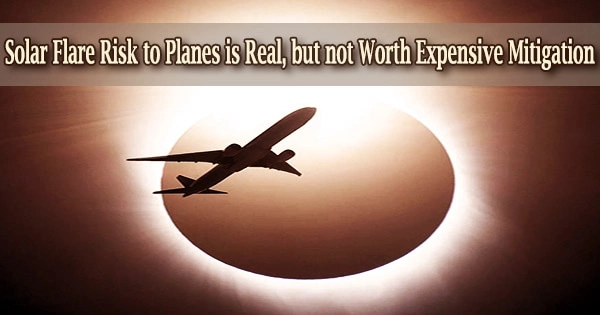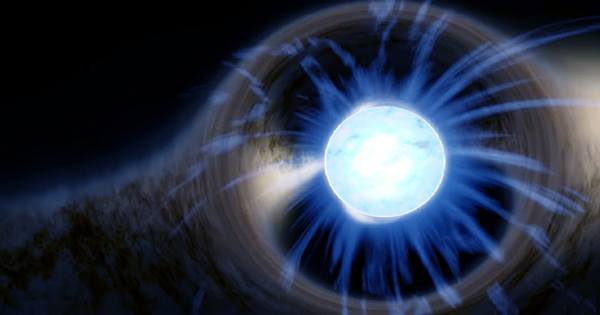“Don’t fly too close to the sun,” said Daedalus to Icarus. Wax in his wings would melt if he flew too high, and drag would be created by the sea’s dampness if he flew too low.
Greek mythology rarely features commercial flight pilots, yet they nevertheless have to deal with the occupational risk of aviation radiation exposure.
A strong flash of electromagnetic radiation known as a solar flare is produced in the sun’s atmosphere, the thin layers of hot, combustible gas that are located above its visible surface, or photosphere. The acceleration of charged particles in the surrounding plasma caused by magnetic energy stored in the Sun’s atmosphere is assumed to be the cause of solar flares. This causes electromagnetic radiation spanning the electromagnetic spectrum to be emitted.
The main sources of radiation, galactic cosmic rays, and solar energetic particles, or SEP, are the focus of aviation regulations. The fluxes in the former are predictable and constant; at the typical flight height of 12 km, dose rates are no higher than 10 µSv/h.
Does the frequency of detected solar flares in the case of SEP, however, justify the expense of countermeasures?
During a large solar particle event we see sudden SEP fluxes with dose rates exceeding 2 mSv/h; but these are rare and short-lived.
Yosuke Yamashiki
As a result of the current mitigation strategies, flight paths must be changed, canceled, or flown at a lower altitude, which considerably increases costs. The daytime side of Earth’s upper atmosphere, specifically the ionosphere, absorbs high-energy electromagnetic radiation from solar flares, preventing it from reaching the earth.
In order to determine the answer to this question, a study team lead by Yosuke Yamashiki of Kyoto University examined eight aircraft paths during five GLEs, which are unexpected radiation spikes detected by ground-based detectors.
“During a large solar particle event we see sudden SEP fluxes with dose rates exceeding 2 mSv/h,” says Yamashiki, “but these are rare and short-lived.”
The researchers calculate that for countermeasures to be declared necessary, the maximum flight route dose and dose rate resulting from significant GLE occurrences would need to surpass 1.0 mSv and 80 µSv/h, respectively. They report their findings in the journal Scientific Reports.
For the maximal dose and exposure rate, annual frequency estimates of GLE events of such size came to just once per 47 and 17 years, respectively.
So do the risks justify the costs?
“There is no denying the potentially debilitating effects of radiation exposure,” continues Yamashiki, “but the data suggest that current measures may be over-compensating for the actual risks.”
















